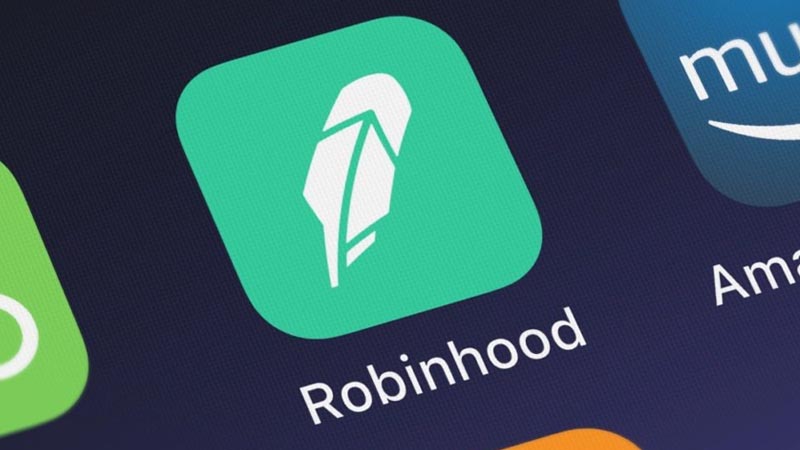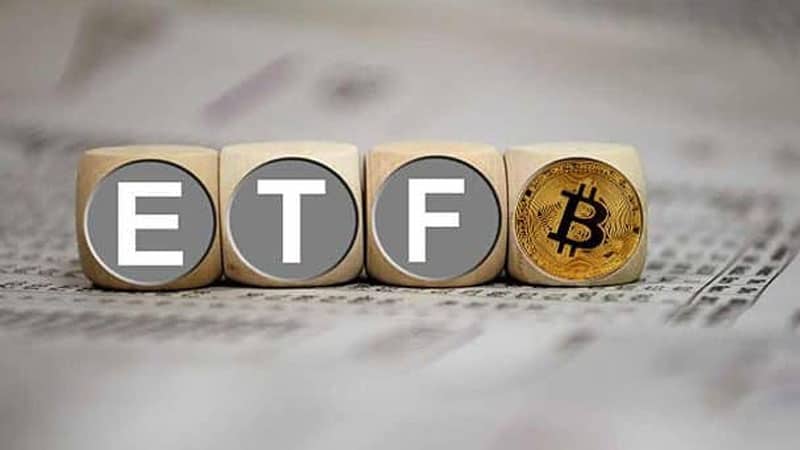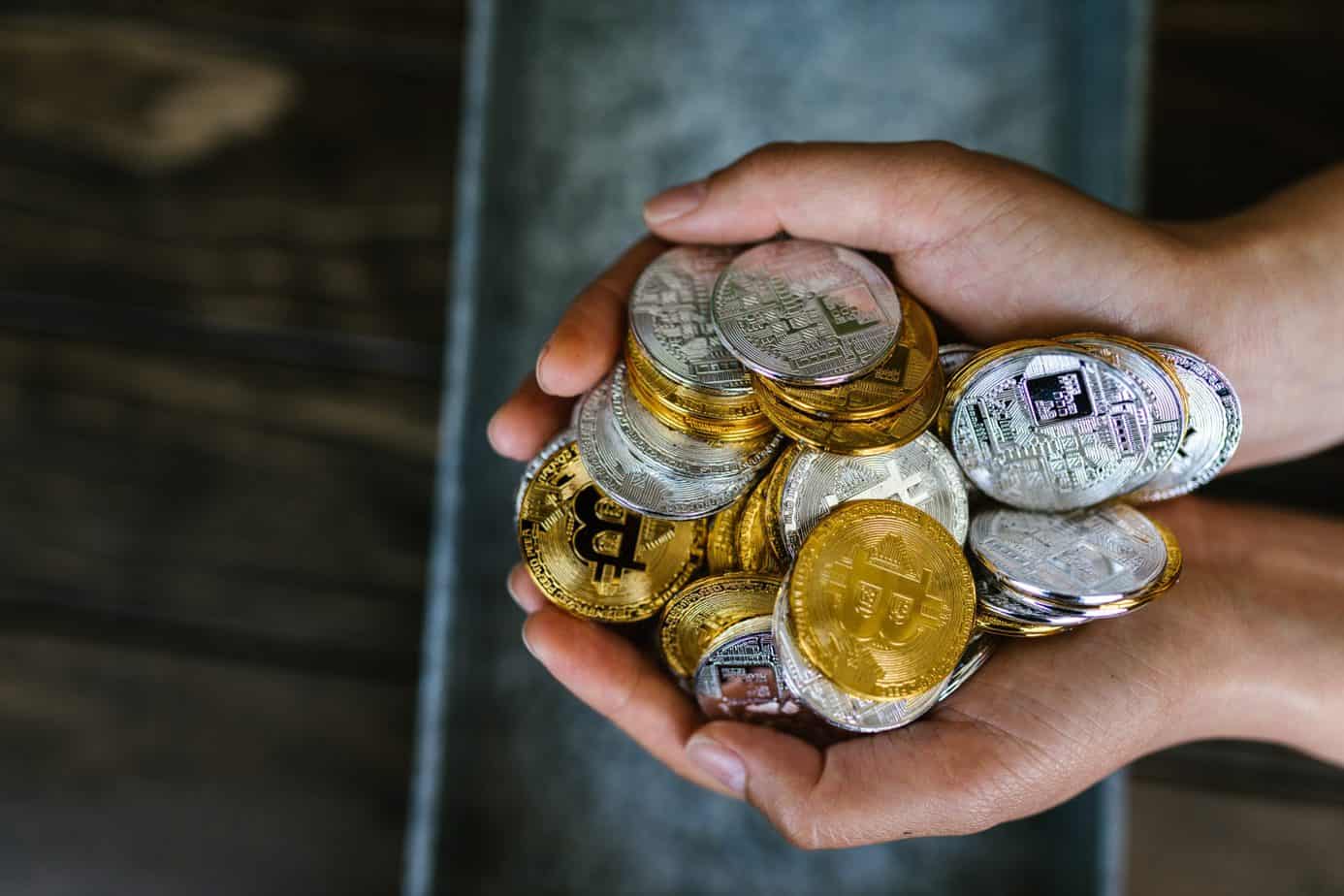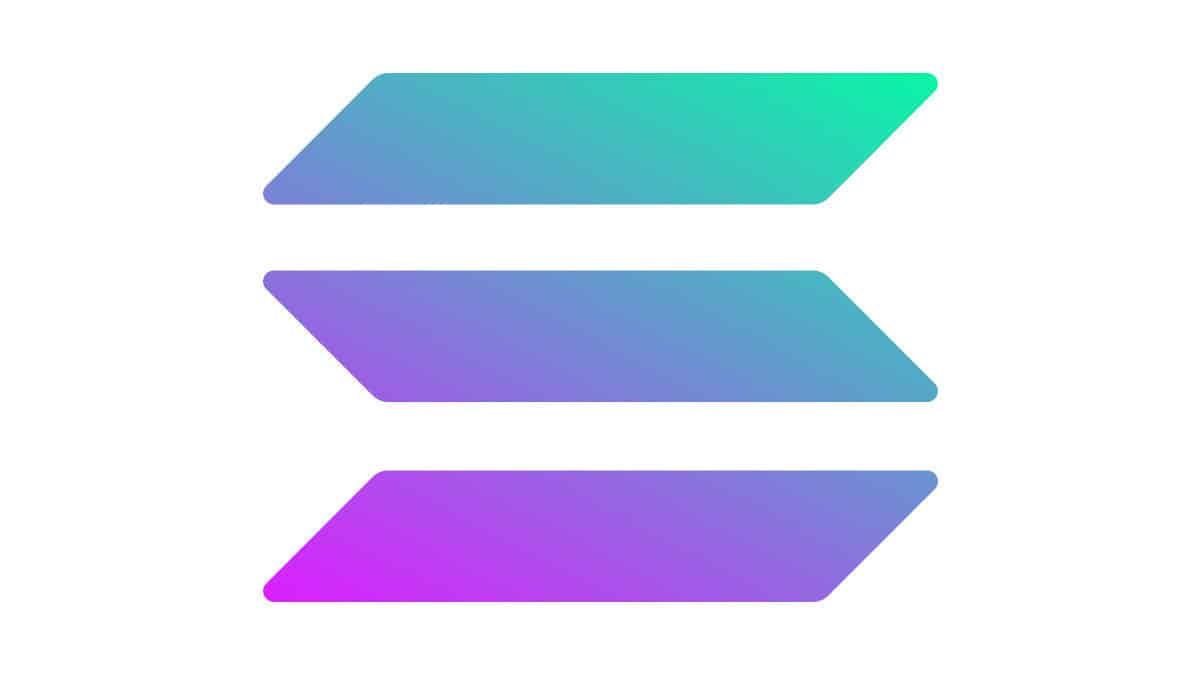Last Updated on
Solana is a platform that prioritizes scalability in its quest to offer a foundation for decentralized applications (dApps).
Plus, in order to develop an ecosystem of goods and services powered by cryptocurrencies, Solana is one of several competing blockchain projects with the same objective, including Ethereum, Zilliqa, and Cardano.
The Solana ecosystem is maintained and run in large part by the cryptocurrency SOL. Users who possess SOL tokens also have access to the range of projects that have been developed on the Solana network.
Solana not only charges transaction fees that are based on the volume and complexity of transactions taking place on the network, the amount of SOL that has been staked, the inflation rate that is currently in effect, and other factors.
It also provides validators and delegators with a portion of the newly created SOL as a reward.
Solana to USD Chart
[ccpw id=”160804″]
Convertor
[ccpw id=”160805″]
Coin Project
[ccpw id=”160806″]
Numerous features found in other cryptocurrency networks, such as smart contracts, transaction settlement, and token issuance, are also available on the Solana network. Solana hopes to set itself apart from rivals by providing more transaction capacity.
In order to set itself apart even further, Solana combines architectural design decisions that aim to provide quicker transaction settlement times with an infrastructure that prioritizes flexibility, allowing developers to create and run adaptable applications in various programming languages.
To implement these features, the native cryptocurrency of the Solana network, SOL, is used to run customized programs, send transactions, and reward actors who support the Solana network.
Anyone with SOL tokens, also known as SOL coins, has the ability to contribute to the network’s operation because DPoS uses a voting and reputation system to secure the network, verify transactions, and distribute newly minted SOL.
Participants (also known as “nodes”) can “stake” or lock each SOL token in order to take part in governance and improve their chances of being selected to create blocks.
Additionally, participants have the option to assign their SOL to other validators, giving them access to their votes in exchange for a share of the block rewards.
Solana developed a consensus mechanism called Tower BFT that uses delegated proof-of-stake (DPoS), which is commonly used to secure blockchains, to secure its own.
Markets
[ccpw id=”41288″]
Wallets
| Ledger | Visit website |
| Trezor | Visit website |
| Math Wallet | Visit website |
| Trust Wallet | Visit website |
| BTC Wallet | Visit website |
| Electrum | Visit website |
| Coinbase | Visit website |
| Cobo | Visit website |
News
You might be interested in

Around 7 million Robinhood users affected by data breach

Bitcoin ETF: What is it, price, and ticker symbol


FAQs
Who is Anatoly Yakovenko?
Anatoly Yakovenko, who was looking for a decentralized network of nodes that could match the performance of a single node, first conceived Solana in 2017.
The Solana Foundation, a Swiss non-profit devoted to expanding the community and funding development, works in tandem with Solana Labs as a core contributor to guide and support the Solana blockchain.
As a part of Solana Labs, Yakovenko and his team started receiving funding in 2018. The team was successful in raising more than $20 million privately during a Series A that continued into 2019.
Following the launch of its mainnet in March 2020, CoinList, a cryptocurrency auction website, organized a public token sale for Solana to raise an additional $1.76 million.
Why buy Solana?
The platform might be appealing to developers for goods and services that could justify a lot of activity. Investors may try to buy SOL and add it to their portfolio if they believe the market will eventually favor more scalable blockchains.



